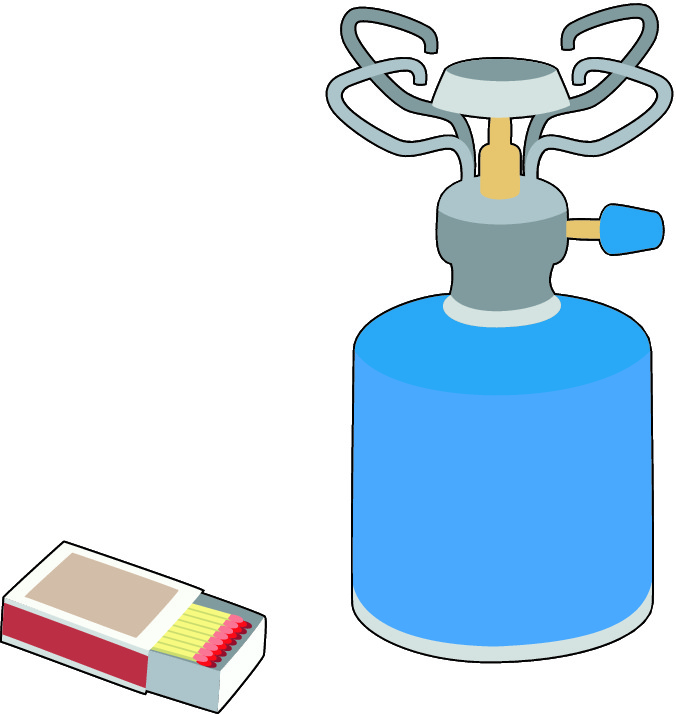 |
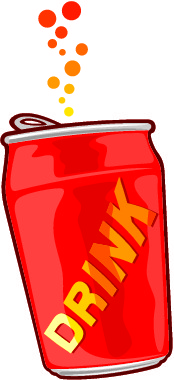 |
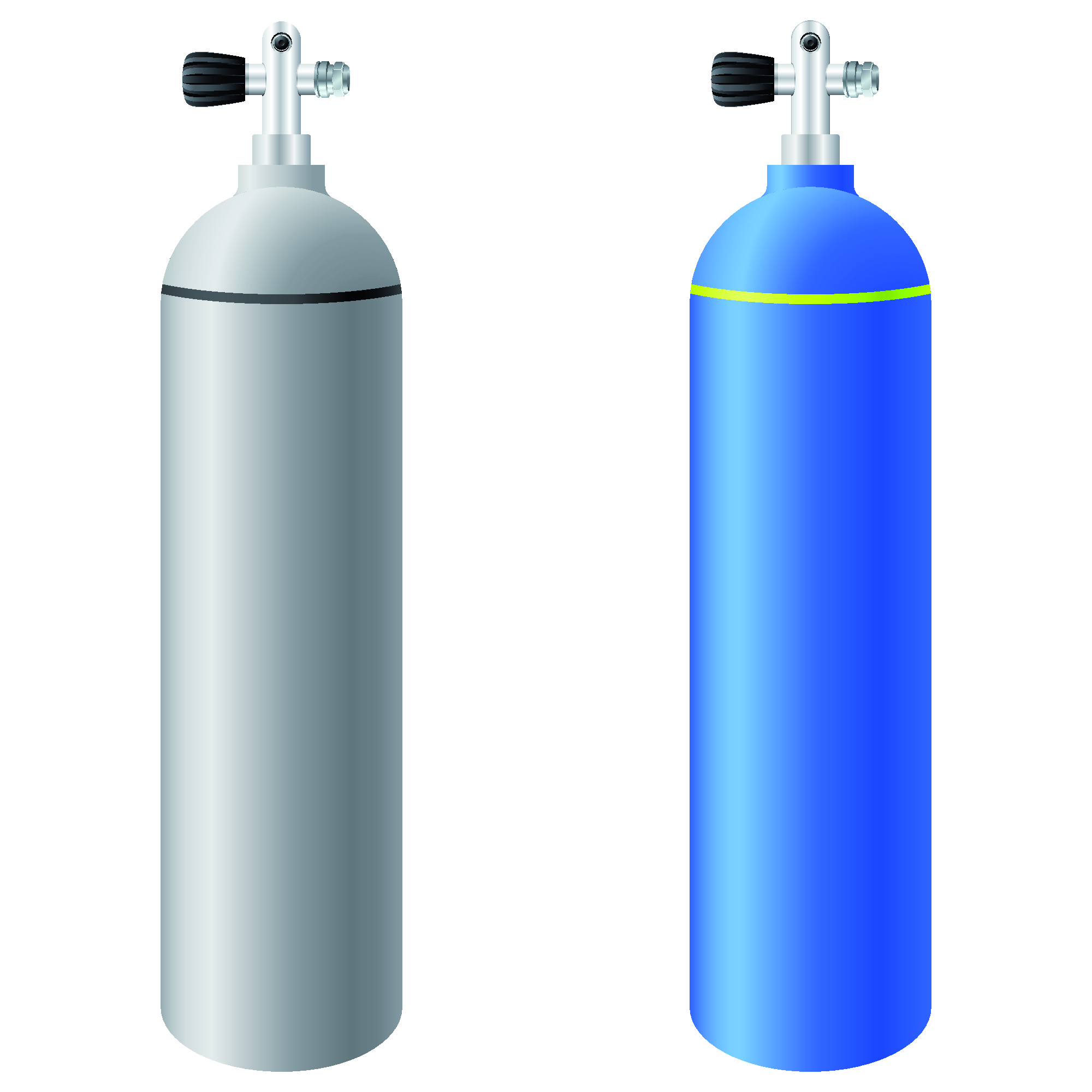 |
The air around us is chiefly made of two gases - oxygen and nitrogen, with tiny quantities of some other gases. The precise volume of each gas in the atmosphere varies over time but currently nitrogen is around 79% of the air that we breathe and oxygen around 20%. Carbon dioxide and other gases such as helium and argon make up less than 1%.
Carbon dioxide levels in the atmosphere are a cause for concern because a high level of carbon dioxide contributes to global warming as it traps hot air around the Earth. It isn't the only gas that contributes to climate change though. Methane also releases a large amount of carbon into the air and we need to be aware of just how much methane is produced by the huge world population of cows in their normal digestive process.

However, there are lots of other different types of gas. Gases have different properties, just as solids and liquids do, and we use them for different purposes.
Because many gases are colourless and odourless (they have no smell), we need to be careful when using them. Some useful gases are also poisonous.
The natural gas we use to heat our homes and cook with has an odour added to it before it is piped into our homes so that we can detect leaks. We use natural gas because it burns easily to provide us with energy, but it is also explosive.
You'll probably also have come across helium. This is a gas that is lighter than air and is often used to fill party balloons. This allows the balloons to float instead of falling to the ground. If you've ever tried inhaling helium from a leaky balloon, you'll know that it also has a strange property that makes your voice go all high and squeaky!
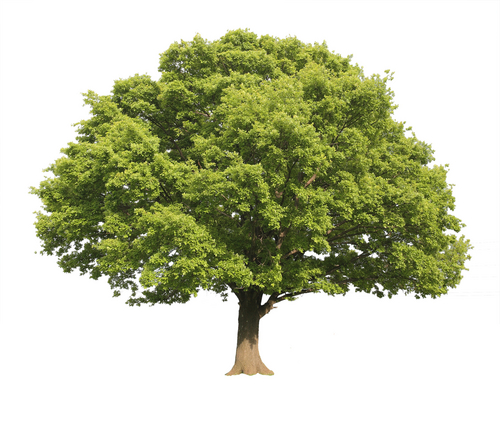 |
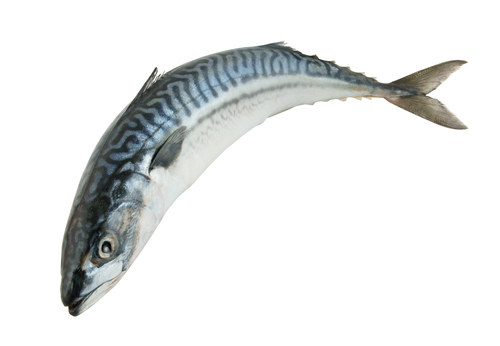 |
Of all the many gases, the most important to life on Earth is oxygen.
Organisms use oxygen to release energy from food in the process called respiration.
Green plants make their own food using light to combine carbon dioxide with water to make sugars. This is called photosynthesis.
The processes of photosynthesis and respiration are closely related and depend upon each other.
Respiration:
Reactants (what it needs) are oxygen and sugars called glucose.
Produces carbon dioxide and water (and releases energy)
Photosynthesis:
Reactants are carbon dioxide and water.
Produces oxygen and glucose.

Let's have a go at some questions to see what we can remember about different gases.

